A natural fit
Science’s intersection with computing
This fall, the Stephen A. Schwarzman College of Computing will open its proverbial doors as the newest entity on the MIT campus. Earlier in February, colleagues from across MIT gathered to celebrate MIT’s new college and the Institute’s $1 billion commitment to address the opportunities and challenges presented by computing and the rise of artificial intelligence. And more than a year ago, MIT also launched its Quest for Intelligence, the search for deeper understanding of our own natural intelligence and how that might inform intelligences that we engineer. Where we’ve been Connections at MIT among science, computing, and AI began long before The Quest and College got their starts.
- 1948: Mathematics professor Claude Shannon publishes his ground-breaking paper, “A Mathematical Theory of Communication,” which lays out the basis for information theory.
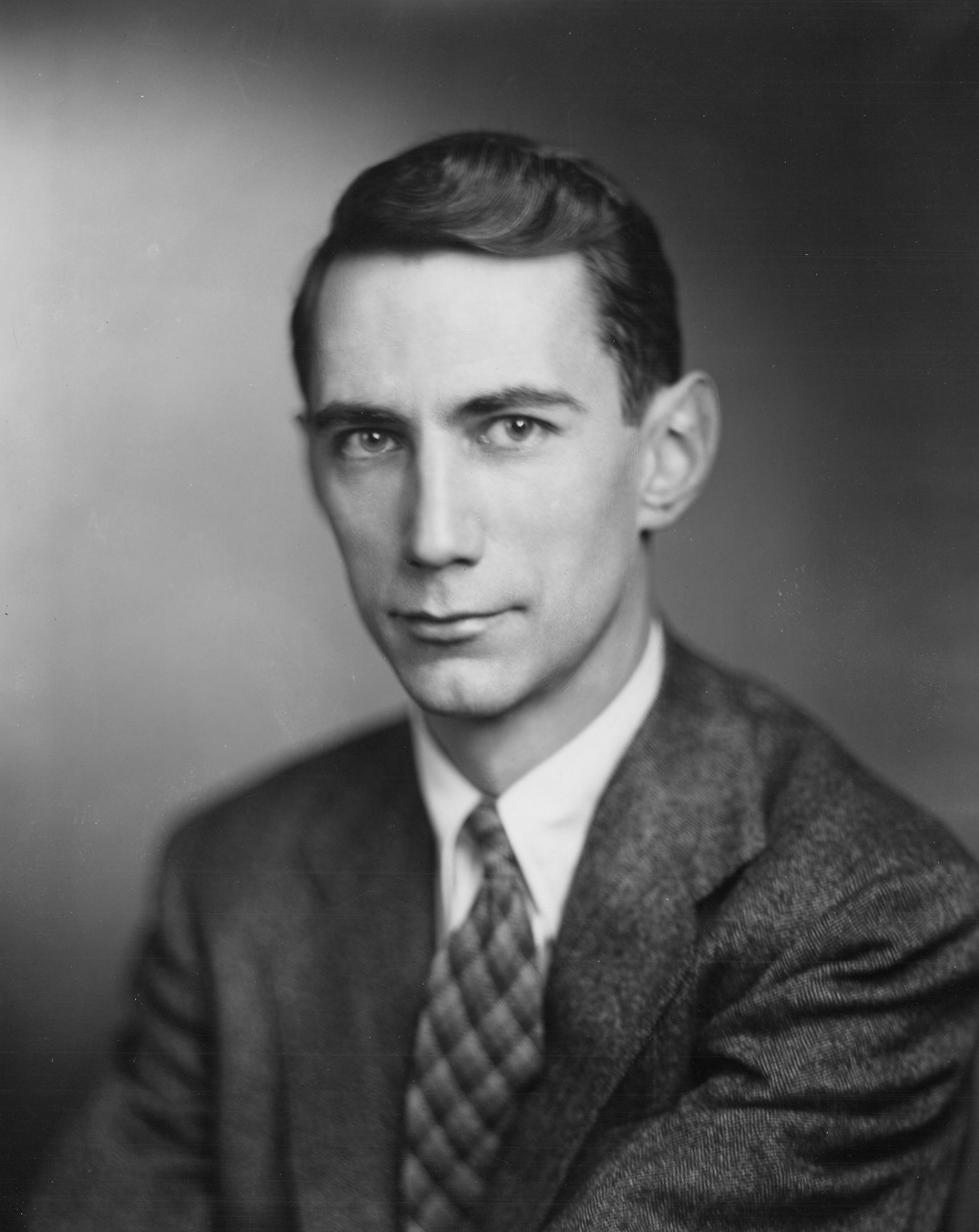
- 1948: Mathematics professor Norbert Wiener publishes Cybernetics, theorizing that intelligent behavior is the result of feedback mechanisms that could be replicated by machines.
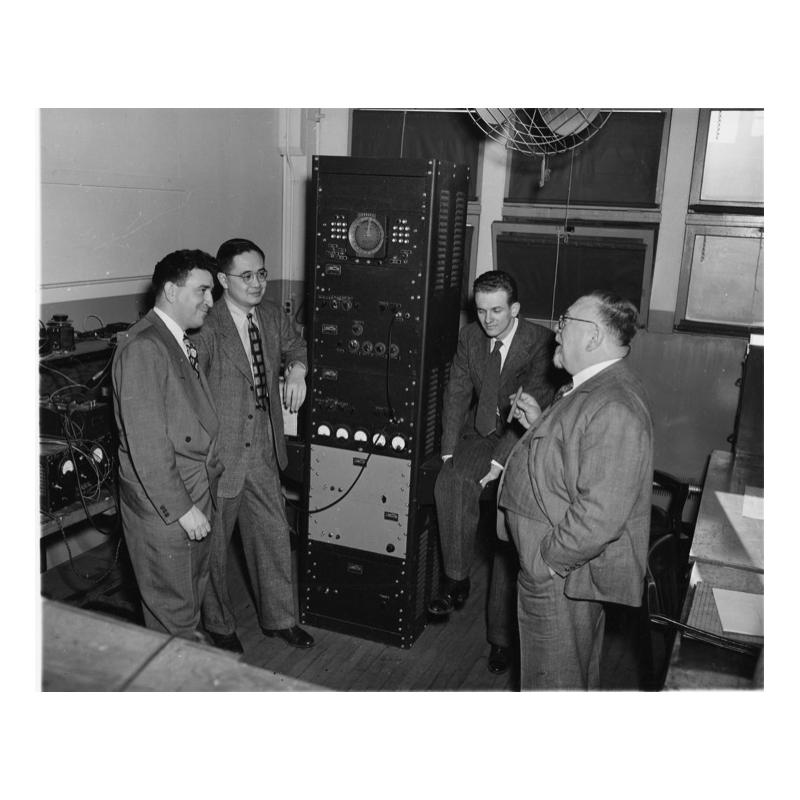
- 1956: John McCarthy organizes the Dartmouth Summer Research Project on Artificial Intelligence and convenes MIT’s Marvin Minsky and Claude Shannon who, with others, begin to outline the foundations of modern AI. McCarthy becomes an MIT research fellow that fall.

- 1959: Linguist Noam Chomsky and neuroscientist David Marr take on the dominant paradigm in understanding intelligence, establishing the field of cognitive science. The MIT Artificial Intelligence project, which becomes the AI Lab, begins.
- 1963: Project Machine-Aided Cognition (MAC) starts operations at MIT, concentrating on the development of time-sharing computers.
- 1975: Project MAC changes its name to the Laboratory for Computer Science to reflect an expansion of the scope of its activities and interests in machine learning.
- 1982: David Marr’s book, Vision, establishes the computational approach to studying the brain.
- 1983: Project Athena brings networked computing to campus and provides workstations for all students.
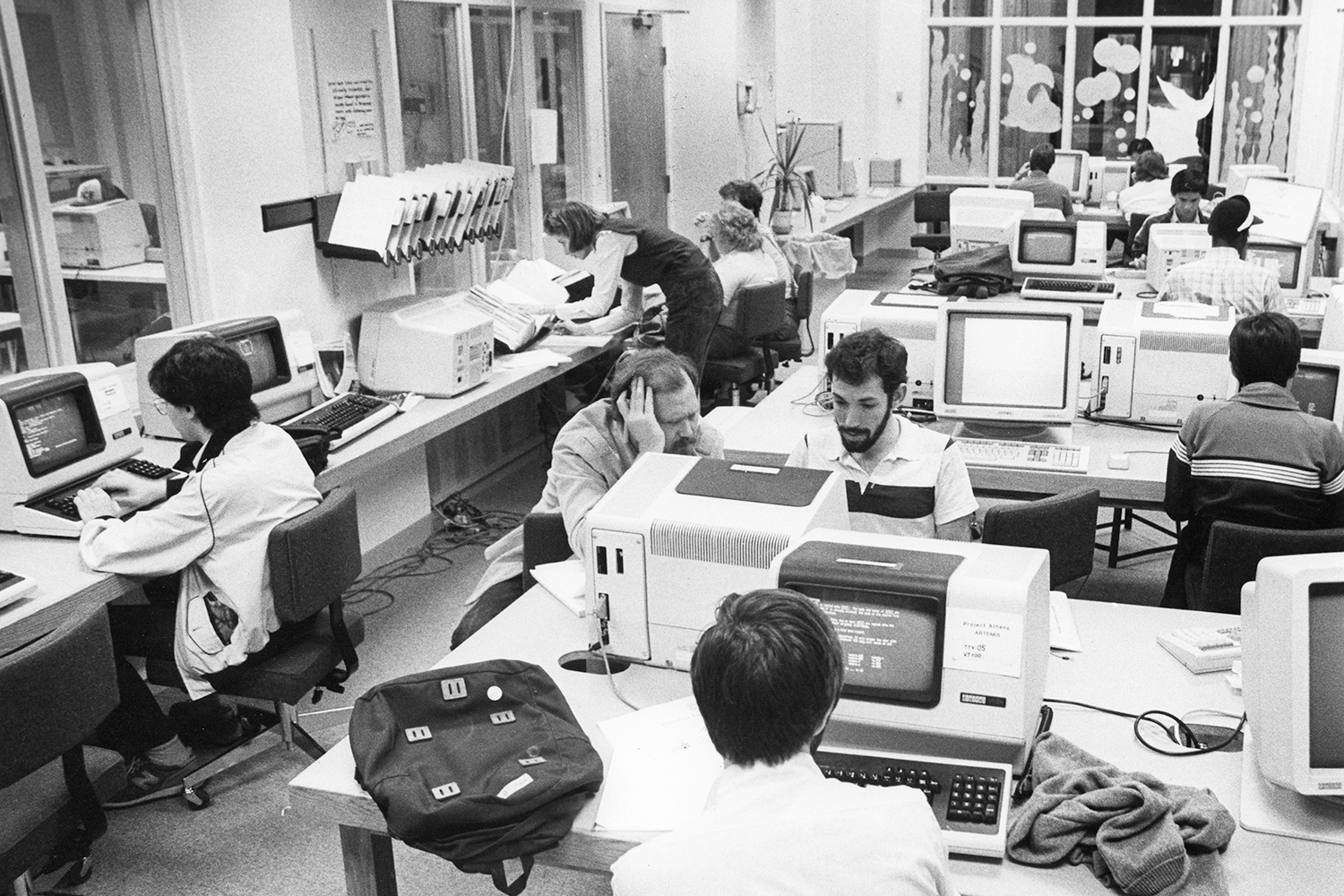
- 1984: Professor Molly Potter pioneers the Rapid Serial Visual Presentation technique, used to understand information processing in the brain.
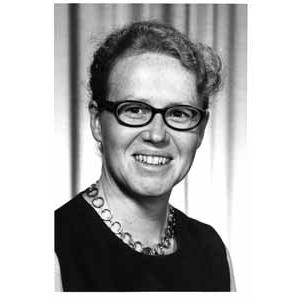
- 1985: Professor Ann Graybiel describes the modular organization of brain centers that control movement.
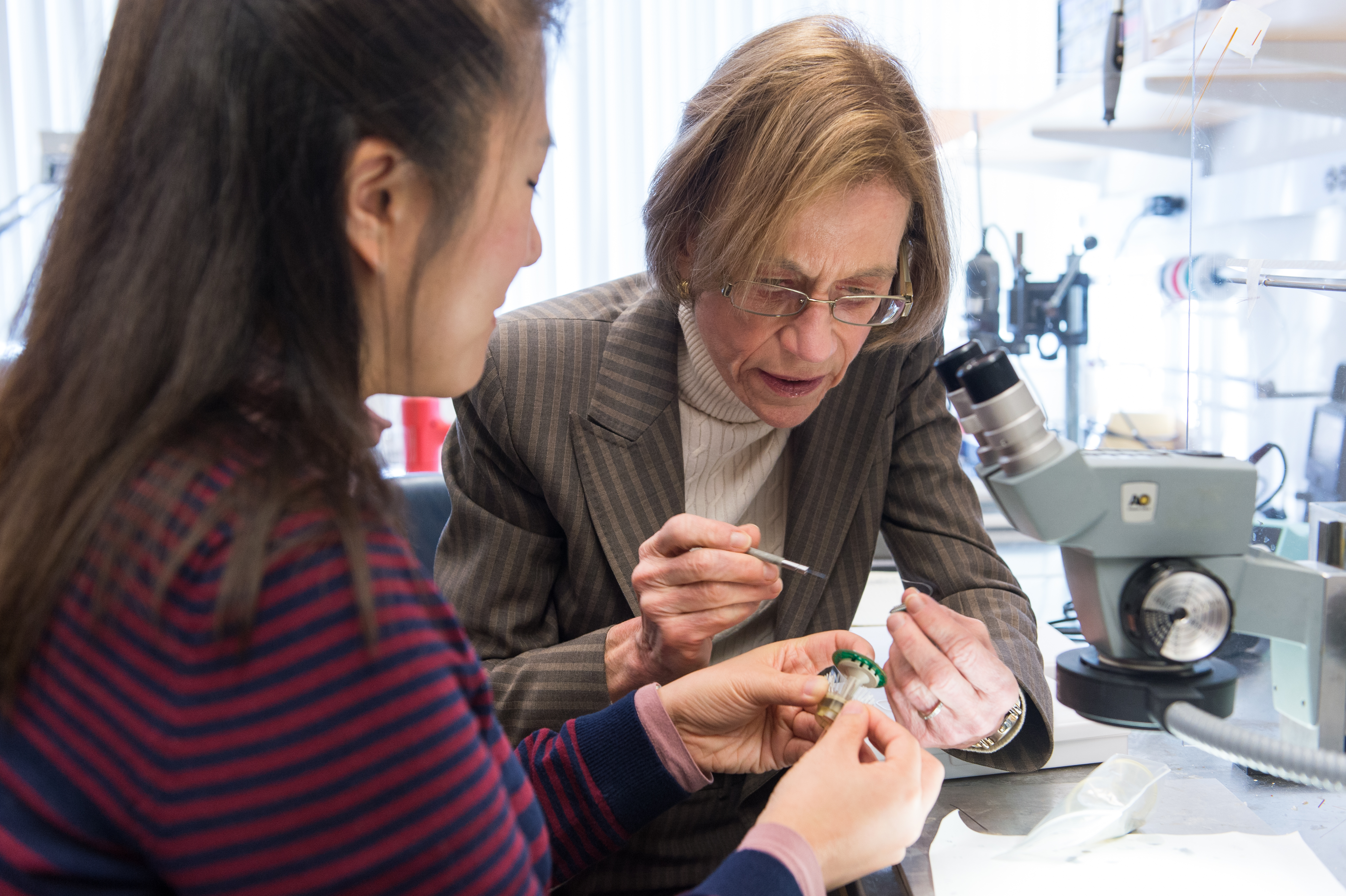
- 2003: The Laboratory for Computer Science and Artificial Intelligence Laboratory merge and form the Computer Science and Artificial Intelligence Laboratory under Marvin Minsky and John McCarthy.
- 2011: The MIT Intelligence Initiative begins, headed by Professors Tomaso Poggio and Joshua Tenenbaum in the Department of Brain and Cognitive Sciences.
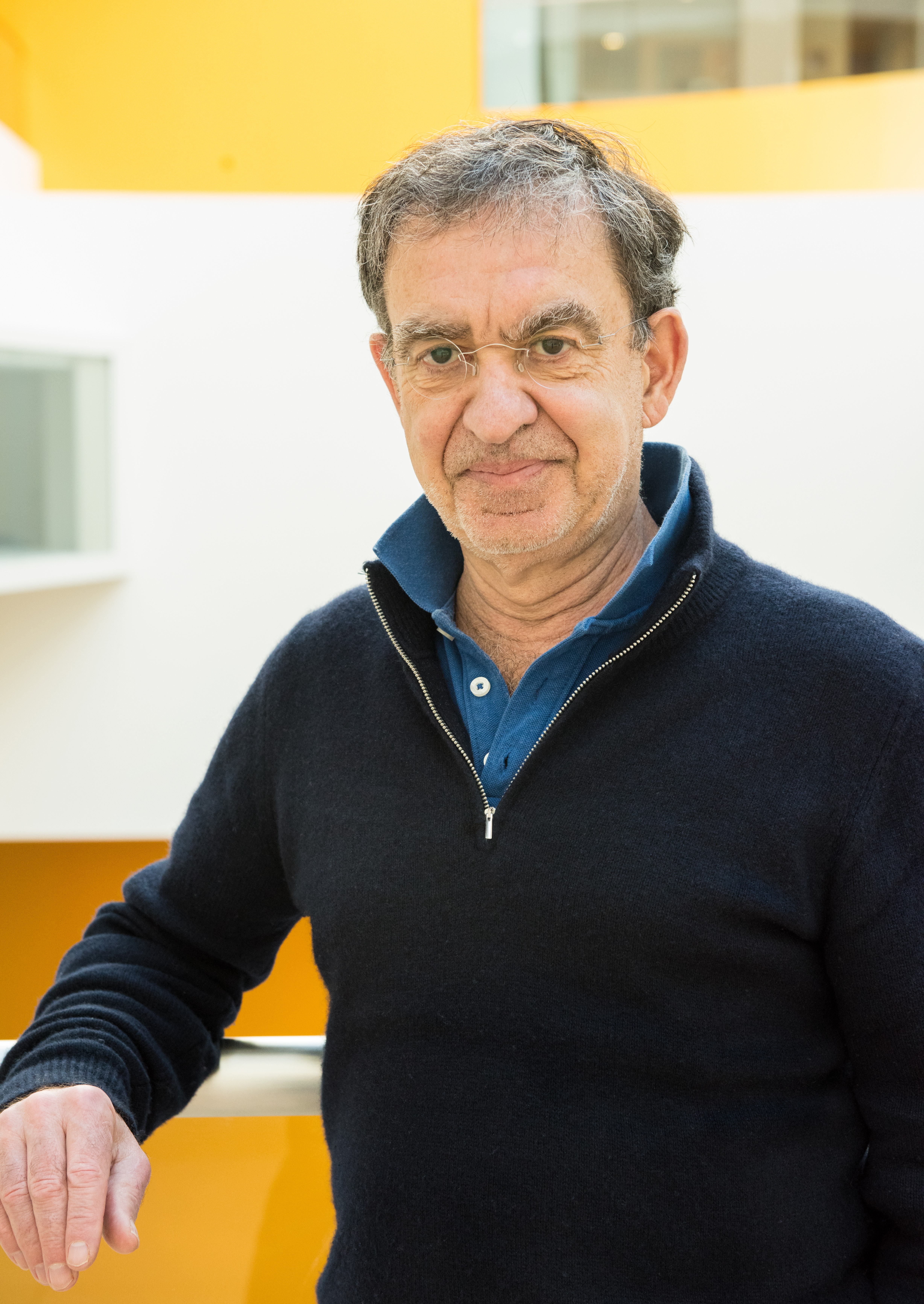
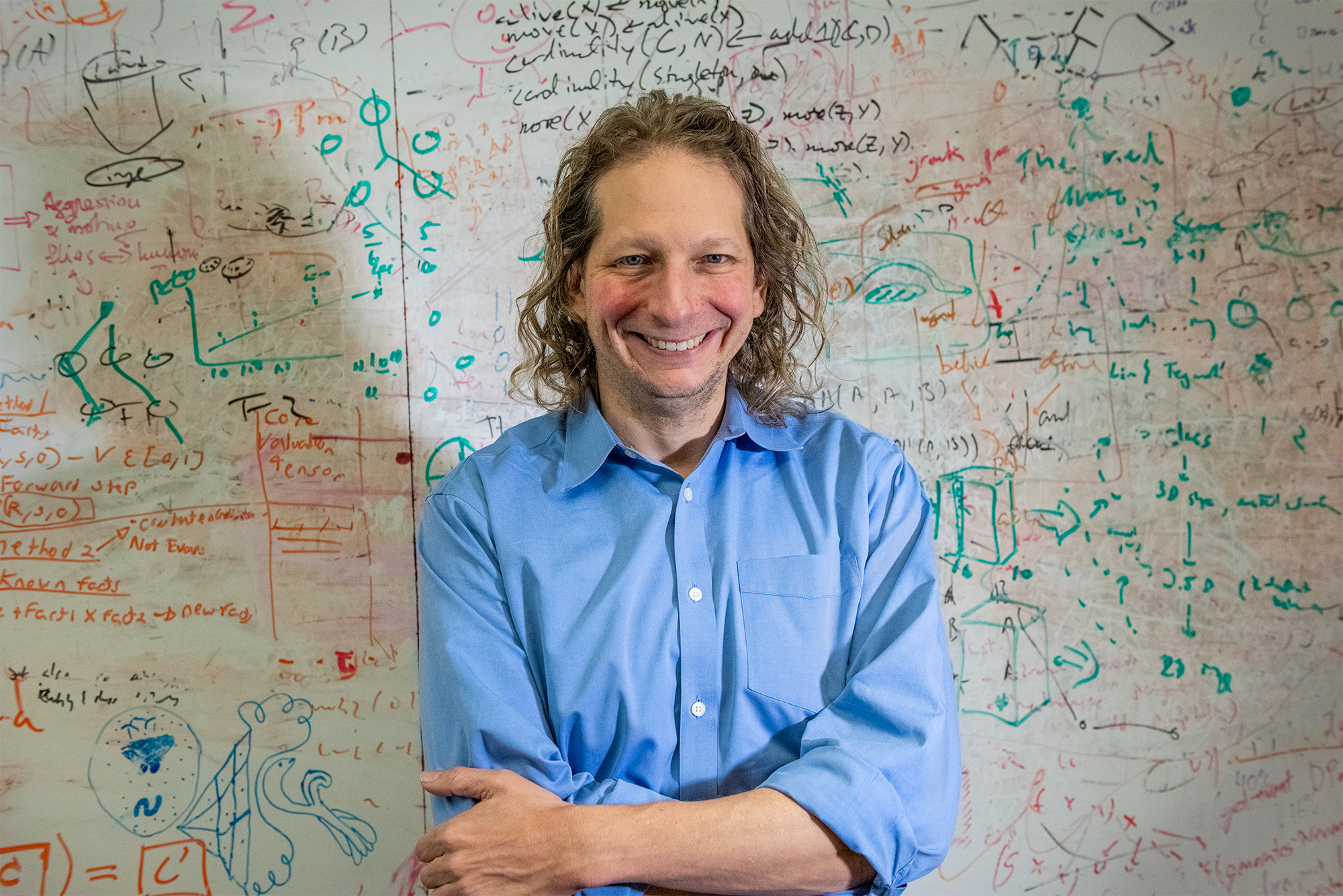
- 2013: The National Science Foundation funds one of three new research centers to be housed at MIT: the Center for Brains, Minds and Machines.
- 2018: MIT launches the Quest for Intelligence to advance research into human and artificial intelligence.
- 2019: MIT opens the doors to the new Schwarzman College of Computing, integrating research and education across the Institute’s five schools.
Academics
Undergraduate
Undergraduate students at MIT have long paired education
in the sciences with coursework in computer science. The
Department of Mathematics was the first to introduce a
formalized major: Course 18C, Mathematics with Computer
Science.
Since then, departments in the School of Science have
offered their students ways to integrate computer science
more formally into their standard science curricula. In 2016,
the Departments of Biology and Electrical Engineering and
Computer Science created Course 6–7, Computer Science
and Molecular Biology.
Physics has a flexible major option in which students can
focus on computational physics or delve into computer
hardware development through the nanotechnology track.
Chemistry, too, followed suit with its ChemFlex major.
Half of these chemistry students focus in computational
chemistry.
Newest major
In fall 2019, MIT will launch Course 6–9, Computation
and Cognition. The proposed program provides students
with access to foundational and advanced material in
electrical engineering and computer science, as well as in
the architecture, circuits, and physiology of the brain, and
computational approaches to cognition and intelligence.
Graduate
In 2004, MIT created the first program of its kind in
computational and system biology, initially funded by the
National Institutes of Health. This program was created
to train leaders in biomedical research, which increasingly
uses advanced computational techniques to design and
predict therapeutic interventions.
Last year, the MIT Institute for Data, Systems, and Society
launched an interdisciplinary doctoral program in statistics
that could be completed by doctoral students enrolled in
mathematics who want to use concepts of computation
and data analysis in their research.
In fall 2019, PhD students in the Department of Brain and
Cognitive Sciences will also have the opportunity to pursue
an interdisciplinary statistics program with courses such as
6.804/9.66 (Computational Cognitive Science), 9.19/9/190
(Computational Psycholinguistics), and HST.583/9583
(Functional Magnetic Resonance Imaging: Data Acquisition
and Analysis).
Newest PhD program
EAPS is now the latest department to participate in the
Computational Science and Engineering (CSE) program,
which has been offering doctoral degrees in computation
since 2013. EAPS-affiliated CSE graduate students will be
able to analyze complex Earth and planetary systems, and
mysteries of the natural world, leveraging cutting-edge
computing and data science.
“Computation is playing an ever-growing role in addressing
earth science questions, like those central to the study of
climate and earthquakes,” says Raffaele Ferrari, the Cecil
and Ida Green Professor of Oceanography and chair of the
EAPS Program in Atmospheres, Oceans and Climate, who
helped to shepherd the creation of the new degree. “Adding
the PhD track will ensure that the department remains an
educational leader, fostering the next generation of Earth
researchers.”